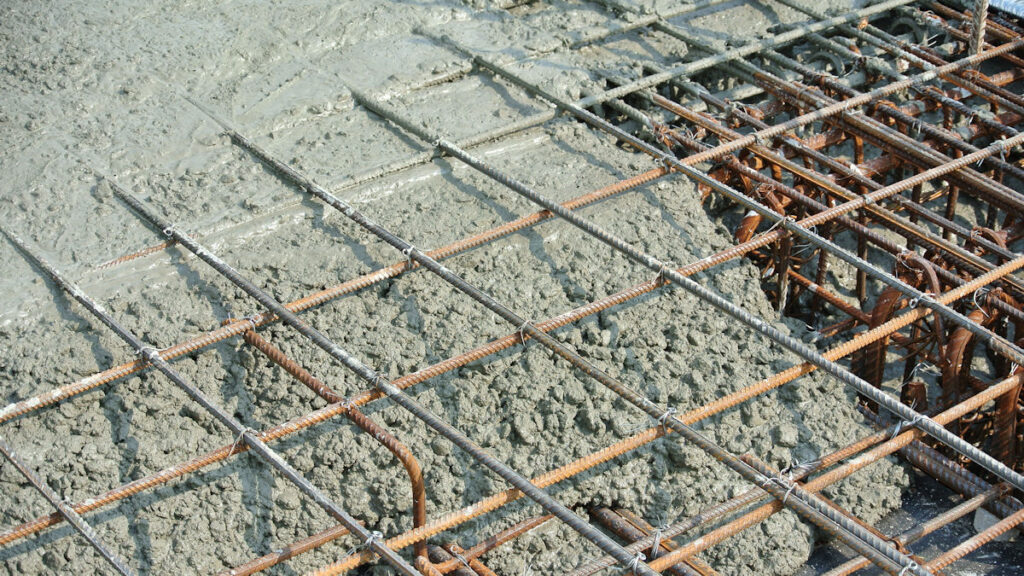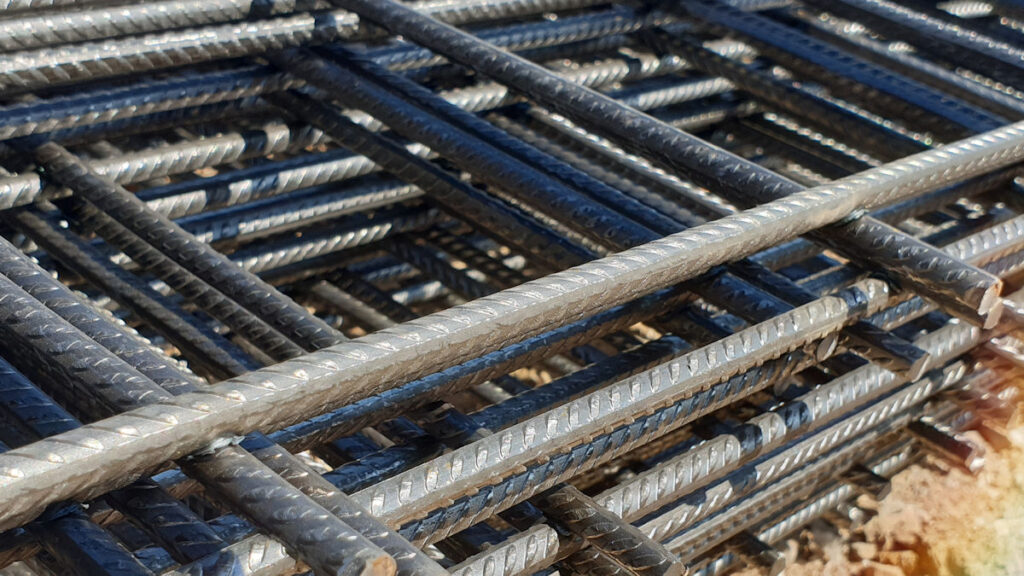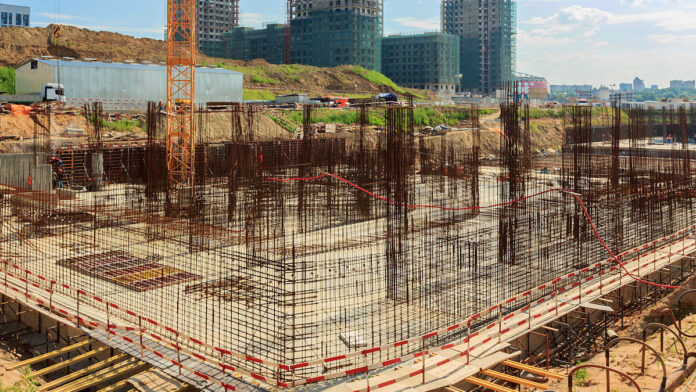Trouble With Wireless Alarm In 3 Storey Town House.
Trouble With Wireless Alarm – Our team has had difficulty with a quality wireless alarm system installed in a 3-storey town house.
It’s not a huge place – the floor space is relatively compact. The hub is on the ground floor located with the router, there are sensors on the ground floor, more on the second floor and a smaller number and a wireless keypad on the top floor.
We can see that wireless performance on level 2 is attenuated but still functional, however, on the third floor away from the stairwell performance breaks up entirely. What suggestions could you give us?
A: You are clearly working with steel-reinforced concrete – these sorts of layers will attenuate a wireless signal by 15-20bB, which is significant. It’s important to get the polar axis of the transmitter’s antenna nearly identical to the polar axis of the receiver. Getting polarization right means greater numbers of electromagnetic lines are getting from the transmitters to the antenna of the receiver – and that means improved reception.
Trouble With Wireless Alarm In 3 Storey Town House
Sometimes repositioning the axis of a device is not enough. What can happen is that transmitter signals are messed up by conflicting RF signals or scattered by metal objects – in this case the steel reinforcing grids in the building – and/or the polar pattern of the signal shifts.
Signal shift means that the receiver is grabbing a signal reflected from a surface in the system’s environment instead of the clean signal you’re trying to get through. If the polarization pattern is altered, the transmitter’s physical axis will look different – in such cases the transmitter won’t be recognized by the receiver.
Another possible problem can be caused by nulls in the transmitter’s signal. These nulls are spots in the environment where the transmitter’s signal is at its weakest. The nulls are located at points where the signal crosses and re-crosses the x-axis of its waveform.

Any sensor with dual antennas is pretty much assured of having one of its antennas located at a point on either side of an x-axis null. If your problem sensor has a single antenna, then you’re going to need to move it either towards or away from the receiver. What you’re doing is moving the antenna of the transmitter out of the signal’s null point, to a spot either higher or lower on the waveform.
One of the great things with wireless is that there’s plenty of flexibility to walk test devices before they are installed. We like using Blu-Tack to temporarily fix lightweight devices to walls during the installation process. This allows you to shift or rotate a sensor seeking a better wireless path.
If all your hardware is in, we’d suggest purchasing a repeater or extender and installing it in the stairwell on the top level. You may need another repeater in the stairwell on level 2 but it sounds to us like 1 will be enough.
You can find out more about comms module wireless attenuation of concrete here or read more SEN news here.
“Trouble With Wireless Alarm In 3 Storey Town House.”













Good system design, high quality equipment will make this type of installation successful – DSC PowerG worth a look ✅